Planting bare root in the fall
palisade
16 years ago
Related Stories

GARDENING GUIDESThe Beauty of Bare-Root Plants
Plant dormant trees and shrubs in fall using the easy, affordable bare-root method and enjoy beautiful results in spring
Full Story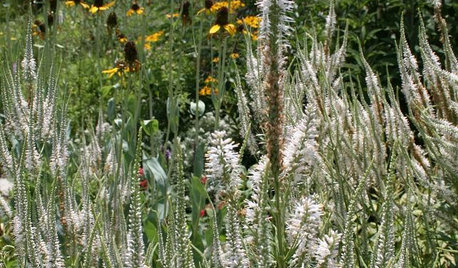
CENTRAL PLAINS GARDENINGGreat Design Plant: Culver's Root
Spiky summer blooms beloved by butterflies and architectural interest in winter make this Midwest native plant worth featuring in the garden
Full Story
GARDENING GUIDES6 Unsung Bulbs for Fall Planting
Don't hang up your spade after summer — plant these unusual bulbs in fall for a spectacular spring show
Full Story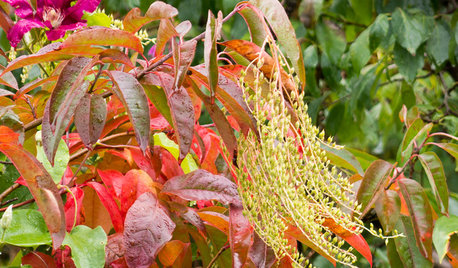
TREESGreat Design Plant: Sourwood Brings Fiery Fall Color
For a sweet spot of scarlet and orange in autumn, look to sourwood's foliage — but this tree offers interest the rest of the year too
Full Story
TREES7 Deer-Resistant Flowering Trees to Plant this Fall
If you live in a neighborhood with roaming deer, consider these beautiful trees that won't tempt hungry guests
Full Story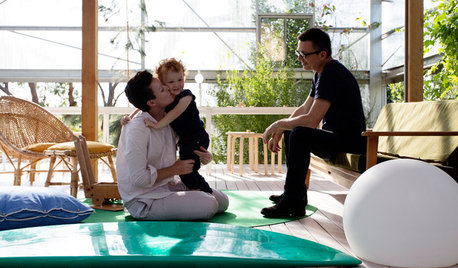
HOMES AROUND THE WORLDWorld of Design: A House That’s Barely There
A rural Australian home blurs the boundaries between indoors and outdoors, camping and permanence, privacy and transparency
Full Story
FALL GARDENINGMake This Fall’s Garden the Best Ever
Learn the most important tip for preventing buyer’s remorse, plus get more valuable buying and planting advice
Full Story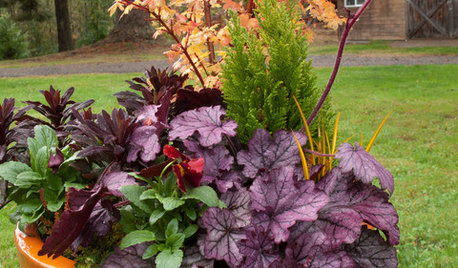
FALL AND THANKSGIVING5 Container Gardens for Fall, the Holidays and Beyond
Make planting easy with a single container, year-round plants and a sprinkling of simple seasonal accents
Full Story
FALL GARDENING6 Trees You'll Fall For
Don’t put down that spade! Autumn is the perfect time for planting these trees
Full Story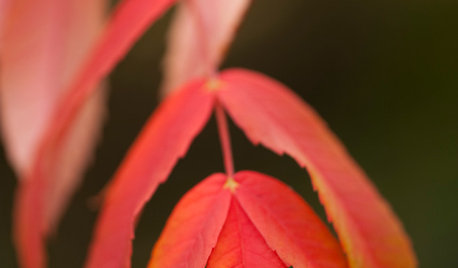
GARDENING GUIDESGreat Design Plant: Rhus Glabra
Smooth sumac provides powerful jolts of fall color and persistent fruit clusters that add interest through the winter
Full StoryMore Discussions







User
andrew_london
Related Professionals
Fort Lee Landscape Architects & Landscape Designers · Franconia Landscape Architects & Landscape Designers · Graham Landscape Architects & Landscape Designers · Manhattan Beach Landscape Architects & Landscape Designers · Azalea Park Landscape Contractors · East Hanover Landscape Contractors · Forest Hills Landscape Contractors · Fort Payne Landscape Contractors · Miller Place Landscape Contractors · Rockland Landscape Contractors · Sammamish Landscape Contractors · Snoqualmie Landscape Contractors · North Aurora Landscape Contractors · Crowley Landscape Contractors · Farmington Siding & Exteriorsolga_6b
michaelg
jerijen
athenainwi
carla17
michaelg
anntn6b
patricianat
michaelg
athenainwi
michaelg
palisadeOriginal Author
athenainwi
andrew_london
michaelg
patricianat
berndoodle
stefanb8
andrew_london
stefanb8
windeaux
reneek
berndoodle
michaelg
roseleaf
windeaux
reneek
michaelg
reneek
cupshaped_roses
michaelg
stefanb8
cupshaped_roses
michaelg
stefanb8
michaelg
berndoodle
stefanb8